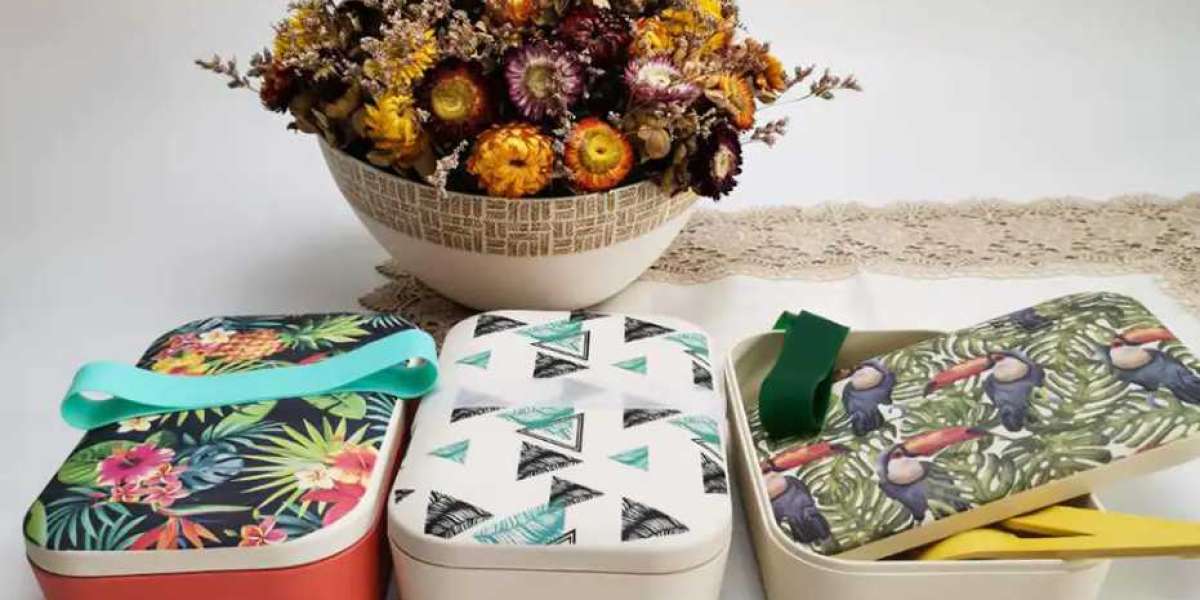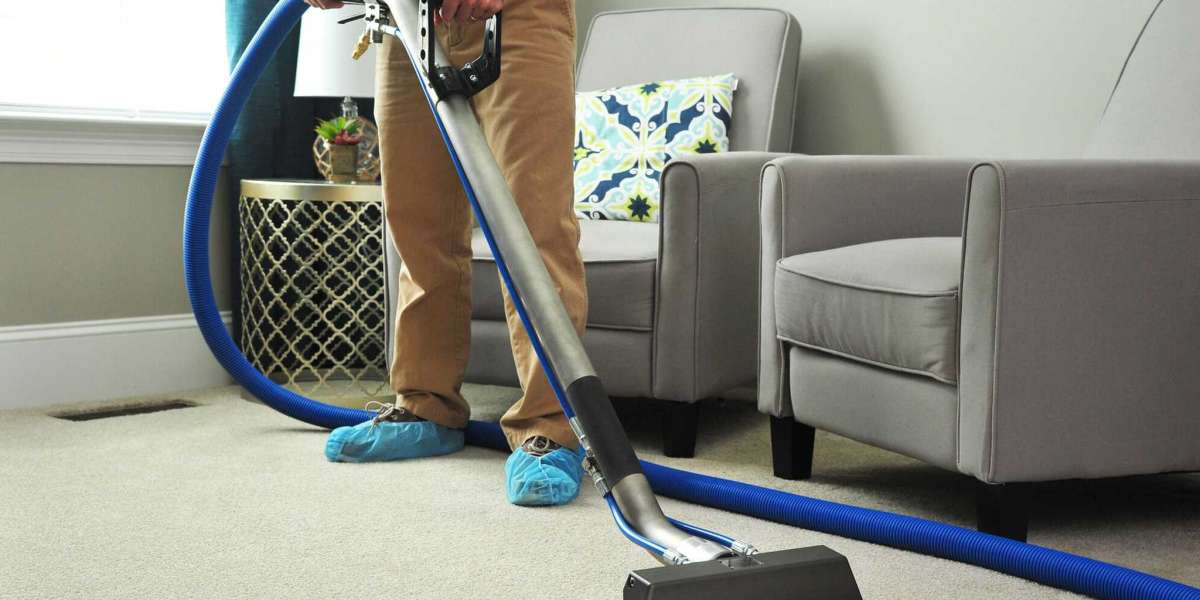Buscar

Reusable tableware significantly reduces waste compared to single-use disposable options. By using reusable plates, bowls, cups, and utensils, you eliminate the need for disposable alternatives that often end up in landfills or as litter.
This helps conserve natural resources and reduces the environmental footprint associated with manufacturing and disposing of single-use tableware.
Reusable tableware can also be designed with various styles, patterns, and customization options to suit personal preferences and add a touch of elegance to meals.By embracing reusable tableware, individuals and communities can contribute to a greener and more sustainable future while enjoying the practical and aesthetic benefits it offers.
In general, traditional tableware materials like ceramic, glass, and stainless steel are known for their durability and longevity. They can withstand higher temperatures, are less prone to cracking or breaking, and are often dishwasher-safe. These materials have been used for a long time and have established track records for durability.
On the other hand, eco-friendly tableware made from biodegradable or compostable materials may be less durable in some cases. For example, disposable plates or utensils made from compostable plastics or plant fibers are designed to be lightweight and more easily biodegradable, which can make them less sturdy compared to traditional tableware. They might be suitable for single-use or light-duty applications but may not withstand heavy use or high temperatures as well as traditional tableware.
However, it's worth noting that the durability of eco-friendly tableware has improved over time, and there are now more durable and resilient options available in the market. For instance, bamboo tableware can be quite sturdy and durable, and some companies have developed stronger biodegradable plastics that offer better durability without sacrificing environmental benefits.
Bamboo is a fast-growing and sustainable material. It is lightweight, durable, and has natural antibacterial properties. Bamboo tableware can be molded into various shapes and is suitable for plates, bowls, utensils, and serving trays.
Sugarcane Bagasse: Sugarcane bagasse is a byproduct of sugarcane processing. It is a fibrous material that can be molded into various shapes, making it suitable for plates, bowls, and food containers.
These materials offer eco-friendly alternatives to conventional tableware made from plastics or other non-biodegradable materials. They are typically biodegradable, compostable, and derived from renewable resources, making them more sustainable options for custom tableware.
Some eco-friendly tableware products may be dishwasher-safe, while others are recommended for handwashing only. Check the manufacturer's instructions to determine the appropriate cleaning method. If handwashing is required, use mild detergent and avoid abrasive scrubbers or harsh chemicals that could damage the surface.
While many eco-friendly tableware products are water-resistant, prolonged exposure to moisture can cause them to degrade faster. It is advisable to wash and dry the tableware promptly after use to maintain its quality and prevent any potential damage.
Remember that the care instructions can vary depending on the specific material and design of the eco-friendly tableware. Always consult the manufacturer's guidelines for the best practices to maintain the quality and longevity of your particular product.If you need custom eco-friendly tableware, you can visit this high-quality eco-friendly tableware manufacturers.www.havourtech.com
Comentarios







